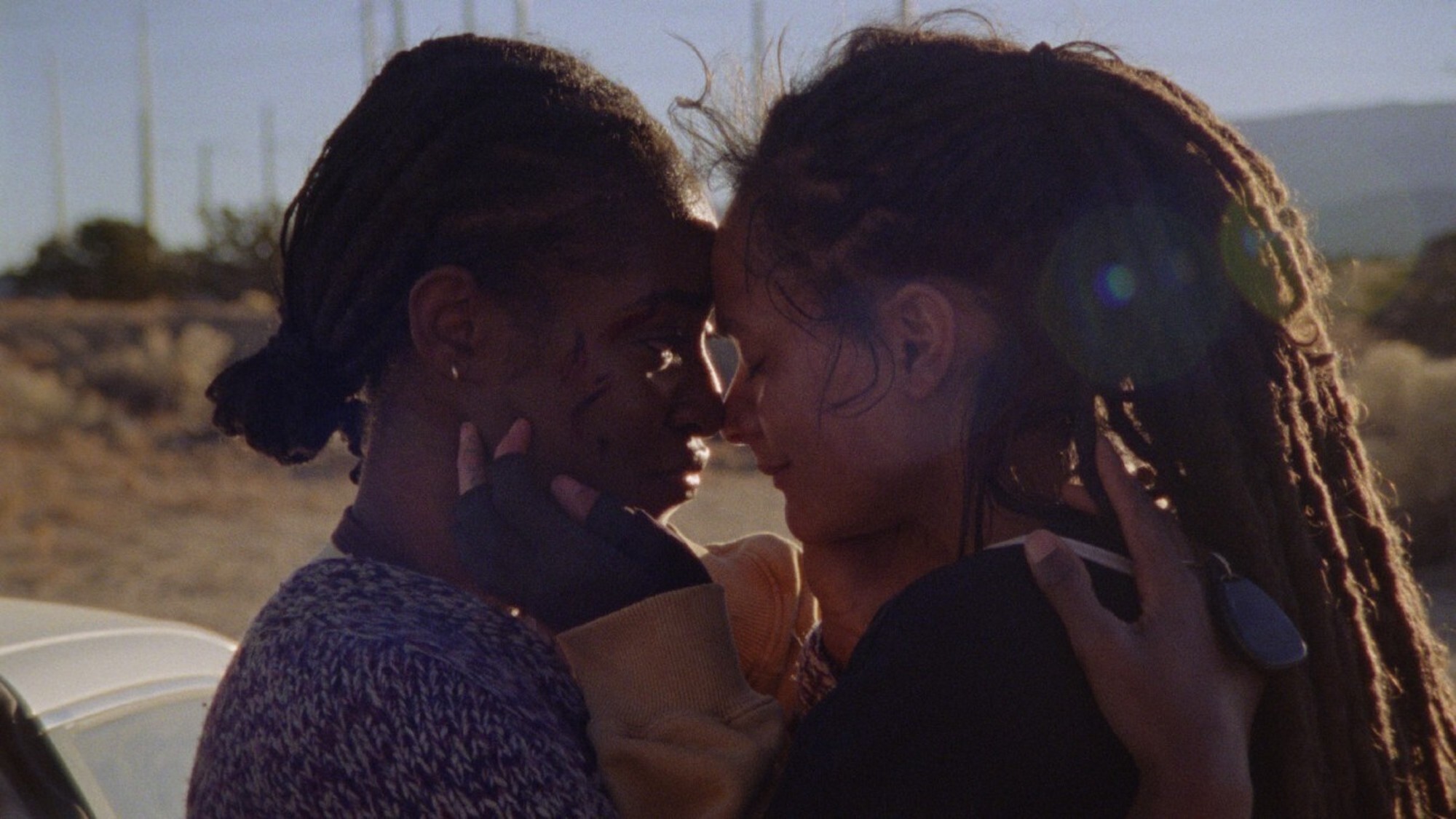What if one day, heterosexuality ceased to be the norm? While this sexual orientation remains predominant in French society, a report from the National Institute for Demographic Studies (Ined) published on Wednesday, April 30, highlights that young people are gradually opening up their sexuality, identifying more frequently than before as homosexuals, bisexuals, pansexuals or asexuals. This phenomenon is encouraged by the liberation of expression and a change in practices, both sparked by the #MeToo movement, even as reactionary discourses are experiencing a new echo in 2025. The study was conducted in 2023 with a large sample of participants (10,000) aged 18 to 29 years.
Voir cette publication sur Instagram
A decline in identification with heterosexuality
According to the figures, nearly one in five women (19%) and one in 12 men (8%) do not identify as heterosexual, while in 2015, 97% of young women and 98% of young men identified as such. This increase comes alongside a diversification of identities: « Between 2015 and 2023, the number of young adults aged 20-29 identifying as bisexual or pansexual (attracted to a person regardless of their gender, note ) has increased by a factor of six », continues Ined.
Heterosexuality is losing its allure; it's actually one of the «major transformations of recent years », supported by the #MeToo movement; both femininity and masculinity « are not a central aspect of their sexual lives».
», highlights the study. Society would be more inclined to accept, even to « normalize », sexual minorities.Les jeunes sont devenus plus honnêtes sur leur sexualité.
— Yann Gaudin (@yanngaudin) April 30, 2025
Le rapport complet : https://t.co/5SjyKiqFiT pic.twitter.com/cK7RryFMEy
Who run the world? Girls
If both men and women challenge the norm that they can’t be attracted to just one gender, their practices don’t evolve together. Women, in particular, experience same-sex relationships more than men, but they are also the first to question heterosexuality. “It’s mainly women aged 18-21 who identify with these new labels”: 78% of 18-21-year-olds identify as heterosexual, compared to 87% of 26-29-year-olds.
How can we explain this shift? The authors of the report remind us of the “multiple pressures that weigh on women in heterosexuality,” such as gender-based violence, the unequal division of domestic work, and gender inequalities in intimate life. The report speaks more broadly about a “... e;deep evolution that doesn’t only involve people identifying as homo, bi, or pan ». However, this could be a « generational effect »: only time will tell if « the identities of these young people will change as they get older ».
Il n'y a pas d'âge pour être hétéro ou cis; il n'y a pas d'âge pour être gay (bi, pan, etc.) ou trans.
— 🔱Put'ace🔱 (@Purgo__) September 13, 2020
L'hétéro-normativité n'est PAS la vérité absolue.
